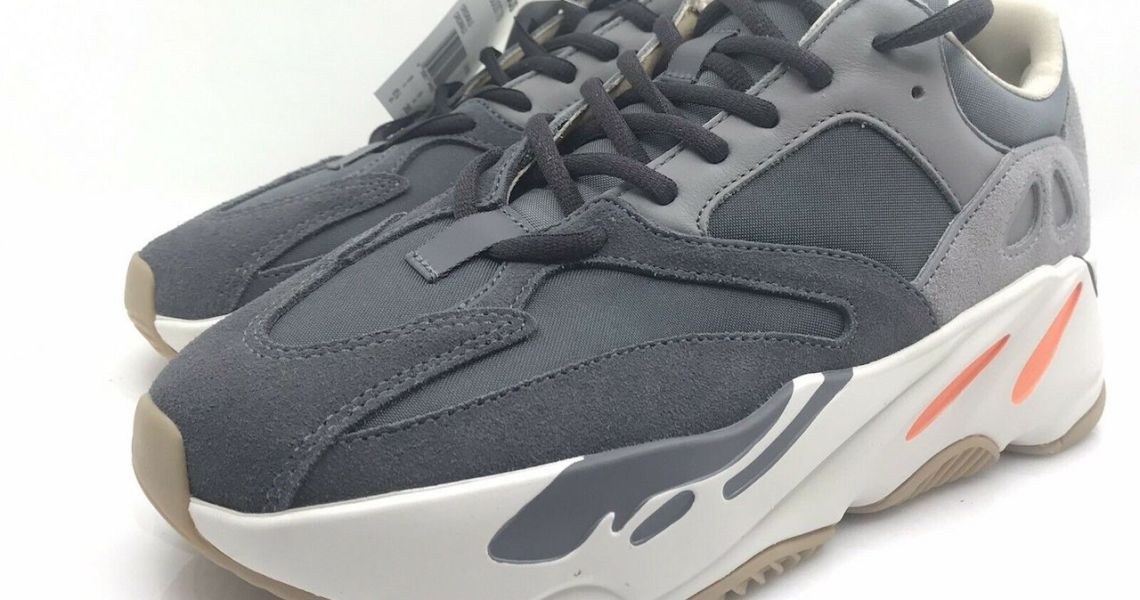On Adidas’s first-quarter earnings call on Friday, the German footwear giant revealed that the fallout from the discontinuation of Yeezy after Kanye West’s anti-Semitic breakdown has continued. The loss of Yeezy has already led to a revenue loss of 15% year-over-year in North America, for example. The line, which began in 2014, made more than $2 billion for Adidas in 2021, and Adidas expects more than $1 billion in losses this year from closing it up.
Adidas is also contending with what to do with all those unsold Yeezy sneakers it has sitting in warehouses. On Friday, CEO Bjorn Gulden said on the earnings call that Adidas had around $556 million worth of Yeezys on hand, over $100 million of which were manufactured after the breakdown of the Yeezy relationship. Gulden said those shoes were already contracted and Adidas let the production order go through to preserve jobs at the factory where the Yeezys were made.
What to do with the shoes is a decision fraught with negative consequences no matter what path the company takes.
“We should be able to start to sell off the Yeezy product in one way, shape or form, soon,” Gulden said on the earnings call. “That has [been] a lot of work for us, because that’s a complicated thing right now.”
He said there are three scenarios being discussed and the company is close to a decision point. Here are the three main options Adidas could take and the downsides of each.
Sell the inventory as normal
One of the simplest options Adidas could take would be to just sell the sneakers, releasing them in stores and online, just as it’s always done, until all the inventory is gone. Once the last of the $550 million worth is sold, the company would officially close down the line.
Ad position: web_incontent_pos1
This option is the one that would likely make shareholders happiest and could have the best impact on Adidas’s bottom line. This could do wonders to shore up an otherwise underwhelming earnings report. For example, Adidas’s e-commerce sales were down 23% last quarter, but if you don’t count Yeezy’s prior e-commerce sales, e-commerce sales were actually up 12%. Judging by the value of Yeezys on the resale market, where demand has risen, it’s likely that Adidas could sell the rest of the inventory in a timely manner if it went this route.
The downside, of course, is that Adidas would be profiting off a relationship already shown to be toxic and would do continued damage to the company’s reputation. West’s unhinged anti-Semitic and pro-Nazi rhetoric is the definition of a PR nightmare for Adidas, and selling off the rest of the Yeezys would continue to associate the brand with him. If Adidas sold the shoes under the Yeezy name, the company would also owe Ye royalties. According to Adidas’s own statement on the matter from last October, the company wants to keep as much distance from him as possible.
One possible way to get around this problem would be to donate all proceeds from the shoes to a charity or cause, such as the Anti-Defamation League. Gulden floated this idea back in March, but it’s unclear if it would actually do much from a publicity perspective and would still amount to a financial loss for the brand.
Give away or otherwise liquidate the inventory
Another option would be to sell off the inventory in an alternative way that doesn’t amount to business as usual on the Yeezy side.
Ad position: web_incontent_pos2
This could take the form of liquidating the shoes through discount stores, donating the inventory directly to charities that provide footwear to people in need, or selling the inventory off to some other business to do with it what they will. Gulden said in March that he’s already received hundreds of proposals from other businesses big and small to buy the remaining Yeezy inventory but has yet to take any of them up on their offer. He also ruled out the idea of rebranding the sneakers and selling them under some other name.
While donating or liquidating the inventory would be a good middle ground, in that Adidas would make some money without the PR hit of selling Yeezys in Adidas stores, Gulden has signaled that there’s trouble with this option, as well. The sneakers would almost certainly end up on the resale market, where Yeezys’ value has skyrocketed since the end of Adidas’s partnership with West. Releasing another $500 million worth of Yeezys into the world would likely keep the resale market churning for much longer and put more visibility on the partnership that Adidas wants to forget. Gulden said the ideal solution would be one that does some good for the world and “damages us the least,” he said in March.
Destroy the inventory
If all else fails, a last resort option would be to destroy the inventory.
This is pretty universally agreed — by both Adidas and outside analysts — to be the worst option. Not only would Adidas make back none of the money they put into the inventory, it would also be, to put it mildly, a bad look. The practice of burning clothes, while common, is bad for the environment and one that other fashion companies like Burberry have been heavily criticized for.
Whatever option Adidas ultimately does take, there’s no clear option that allows for recouping at least some of the money while suffering no reputational damage. That rock-and-a-hard-place dynamic is why Adidas has left its inventory sitting for months after it parted ways with West.
“If you can’t sell and you can’t destroy, what’s your option?” Gulden said. “That’s why we haven’t made a decision on it, because it’s a very complicated issue.”




